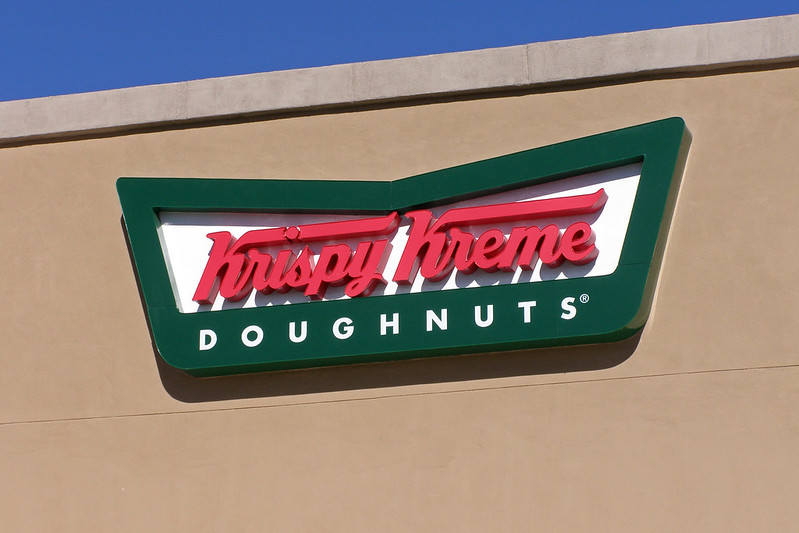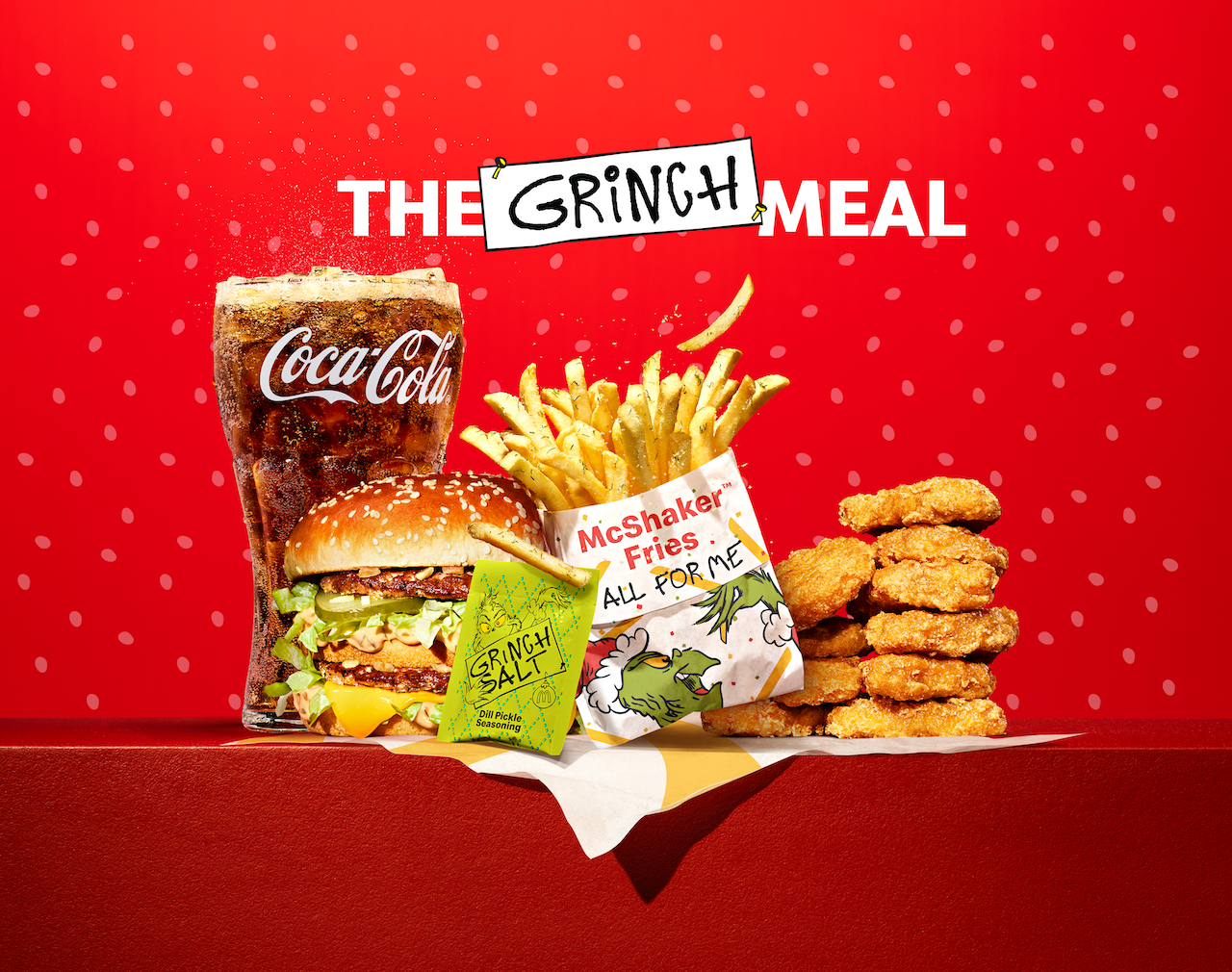Krispy Kreme Lost $441 Million Last Quarter—Here’s What Went Wrong

In one of the more unexpected financial headlines this year, Krispy Kreme reported a net loss of $441.1 million in its second quarter of 2025. The announcement sent waves across the internet, with some speculating about the company’s stability — especially after years of high-profile collaborations and expansion news.
The doughnut chain, which operates 354 locations nationwide (not including its international presence), attributed much of the loss to non-cash impairments — essentially large accounting write-downs — as well as the end of its U.S. partnership with McDonald’s, which officially wrapped on July 2, 2025.
“Our results for the second quarter primarily reflect the impact of unsustainable operating costs relative to unit demand in the McDonald’s USA partnership,” said Krispy Kreme CEO Josh Charlesworth in the company’s press release. “We are quickly removing our costs related to the McDonald’s partnership and growing fresh delivery through profitable, high-volume doors with major customers. We expect to begin recouping profitability in the third quarter.”
The McDonald’s partnership, which began in 2022, brought Krispy Kreme doughnuts to more than 2,400 restaurants nationwide. The collaboration generated major buzz but proved difficult to sustain. “Ultimately, efforts to bring our costs in line with unit demand were unsuccessful, making the partnership unsustainable for us,” Charlesworth explained.
This isn’t Krispy Kreme’s first major course correction. In 2024, the company sold its majority stake in Insomnia Cookies, ending a seven-year partnership to focus on its core business. “As we build a bigger and better Krispy Kreme, this transaction allows us to focus on producing, selling, and distributing fresh doughnuts daily while strengthening our balance sheet,” Charlesworth said at the time.
Financial challenges have been mounting, though. The company has faced declining sales, a cybersecurity breach earlier this year that disrupted operations, and higher costs tied to its delivery network.
Still, despite online speculation, Krispy Kreme has not announced any bankruptcy filings or restructuring plans. Instead, the company has outlined a four-part turnaround strategy aimed at cutting costs, refocusing on high-performing stores, and improving profit margins heading into the next fiscal quarter.
For now, the question remains: Can Krispy Kreme turn the heat down before things get too sticky?























